
What are nasal turbinates?
Nasal turbinates are basically shelves that are located on the side of the nose. There are two main ones, the middle and the inferior (or, the lower). It is normal for nasal turbinates. It is normal for nasal turbinates to enlarge and shrink depending on the state of the organism. In example, nasal turbinates enlarge when you have caught a cold or are suffering from an infection. This is caused by increased volume of blood that flows into them, as blood brings white blood cells to help fight infection. Nasal turbinates also enlarge when you have allergy, in which case they become pale and swollen.
Role of nasal turbinates
The primary role of nasal turbinates is to warm up the inhaled air before it enters the lungs. Walls of nasal turbinates are covered by millions of cilia (growth of tissue on a microscopic level that resembles hair) which filter out harmful substances and microorganisms from the inhaled air. White blood cells and a bacteria-fighting enzyme referred to as lysozyme are gathered in the nasal turbinates to fight infection. Also, nasal turbinates direct the flow of air through the upper respiratory tract.
Do they cause trouble?
In some cases, nasal turbinates become chronically swollen and can be itchy or painful and can cause difficulties while breathing. Some people opt to remove them surgically, if they persist in making problems, but this might be a bad idea since they do play an important role, so there are number of methods to reduce the blockage of nasal passages without actually removing the nasal turbinates.
Surgical techniques
One option is to remove just a small portion of nasal turbinates so that most of the cilia remain intact. Also, the position of the turbinates in some noses is such that sinus drainage is blocked by the middle turbinate. Such cases require modification of the central turbinate in such a way to allow sinus drainage. There are several procedures that are used to modify nasal turbinates. One such technique uses resection (repositioning) of the turbinates, where the bone of the turbinate is removed and the turbinate is then placed in a different position, closer to the side wall of the nose. Normal functions of the turbinates remain intact in a majority of cases. Other procedure uses turbinate scoring with acid or laser. This method causes cilia loss. Another procedure uses a high frequency electric current to coagulate the material under the turbinate mucous membrane. This method causes no damage to the cilia or the surrounding tissue, and is painless and precise.



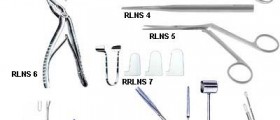




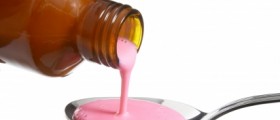
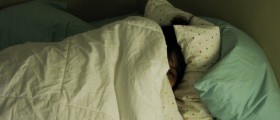

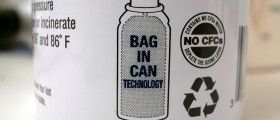
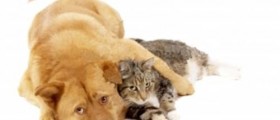
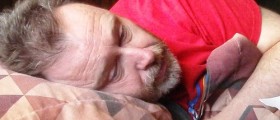
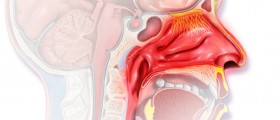


Your thoughts on this
Loading...